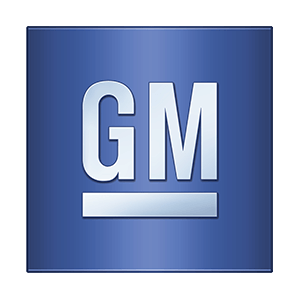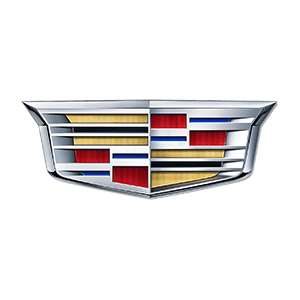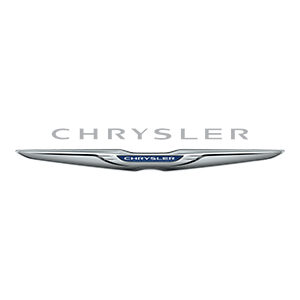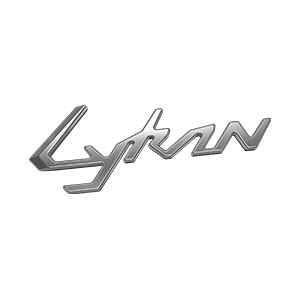Being a carwash or auto detailing shop owner, you are required to wax and wash cars on a regular and scheduled basis in order to keep and shield a car’s beauty and elegance. A high-quality protectant is needed for you to be able to enhance the look of the car.
In this regard, the protectant that you will use is considered the final step to give the car a good gleam. All cars are bombarded by contaminants every day. To keep a car in tip top shape, you would need to know how to polish it using a buffer.
To make a car’s finish look great, there are a couple of things that can be performed. Buffing or polishing a vehicle correctly allows you to take away or remove a number of defects, such as small scratches, etching and oxidation. This boosts a car’s shine and prepares it for protection. When buffing a vehicle, there are different kinds of pads that are to be utilized. Additional knowledge of the whole procedure will aid in keeping vehicles in a superb state.
It is very easy to impart the steps essential to make a vehicle look brand new. However, you need to consider that some damages to a car, however small they are, may be beyond repair.
Quality polishes
High-quality car buffers are made to eliminate minor flaws in the paint’s exterior. This is at a microscopic degree. It will not ruin the paint’s quality. The cutting capability of the given buffer is determined by the quantity of paint that is finished and removed.
High-quality polishes generate a wet-looking, deep shine. Low-quality polishes cloud the paint’s top surface. Every buffing polish is precisely intended for a certain purpose and given application. While selecting a polish and a buffer, you must consider the type of finish and shine that you would desire as the outcome. You should also consider the paint hardness, condition and thickness. In addition, you should read the labels and information on the products that you will be using, being mindful also of the processes and tools that are to be used. Check your workspace, the time to be spent in working and the weather conditions wherein temperature is another factor as well.
Speed settings on a car buffer
It is critical to utilize the least abrasive polish to be able to achieve an excellent finish to a ride. Rumors and some advertisements advise that a single polish will already give the best results. This information is false. There are some certain pointers that you are required to know about processes on how an automobile is to be buffed.
Moderate to heavy scratches
If you notice moderate to severe damages on the vehicle’s paint, substantial swirls, scratches or other serious issues, you must use a high-quality foam pad with a swirl remover. Set the speed at five or six. This would assist you in buffing the car to its optimum level and in the best possible method.
Light and normal damages
If you want to remove light and moderate oxidation, water etching and regular swirls, you may need to utilize a finishing glaze and a foam pad. The speed setting should be at three to five, depending on how light the scratches would be. This will result in an admirable finish to a vehicle.
Very minimal or no damages at all
In this rare case that a vehicle’s finish does not have a lot of damages or no damages at all, you would still want to enrich the gloss and set a cleaner surface for the given protectant. You need to make use of a pre-wax polish enhancer and a high-quality foam pad. Set the speed to between one to three.
Polishing technique
It is advised that before you start working on the whole vehicle, it is best to select a test spot or area on the worst-affected part of the car. In addition to this, you may also use an older vehicle or a small piece of scrap metal. You should always begin with a product that is less aggressive or not that potent. If you don’t see or get the desired results, choose the more aggressive or stronger product. Once you are finished and done with your test spot and get the desired positive results, you move on to buffing the entire vehicle. It is basically a trial-and-error process. If you still don’t get positive results, try a different approach in its place.
Professional assistance first
Naturally, the most effective and safest way to figure out which polisher or wax best fits the vehicle is to first ask to have it done by a professional or inquire for professional assistance. These include the recognized experts in automotive detailing or the specialists from leading detailing product manufacturers. This is highly recommended as to lessen the trial-and-error process once you would be applying it in your shop and also help you attain and meet the customer’s expectations as well.
Change your approach
In certain scenarios, a different step or approach would result in a completely different finish or look to the ride or vehicle. If you would want to change the end result to a different desired finish, try to mix up or vary certain steps, or try other products. Always remember, “Patience is a virtue.”
Things to keep in mind
Dry buffing should never be done. For optimal results to be achieved, work the polishing product. It is imperative that the polish dry correctly. In line with this, it is advised to keep working or moving slowly. A lot of amateurs move the polisher very quickly over the surface of the paint. Make sure that your employees are doing the job right, as this process takes time. If the motion is too quick, the results will not be good as desired.
Give instructions to apply pressure on the buffer while working. Do not put too much pressure though, as this may damage the exterior coating of the paint. Never lift the polisher off the paint or body when it is still turned on. Keep in mind that all cars, waxes and buffers are different, so use the best method while buffing a vehicle. Follow this guide, and you can surely come up with a great, fresh, new-looking finish on any vehicle.



































